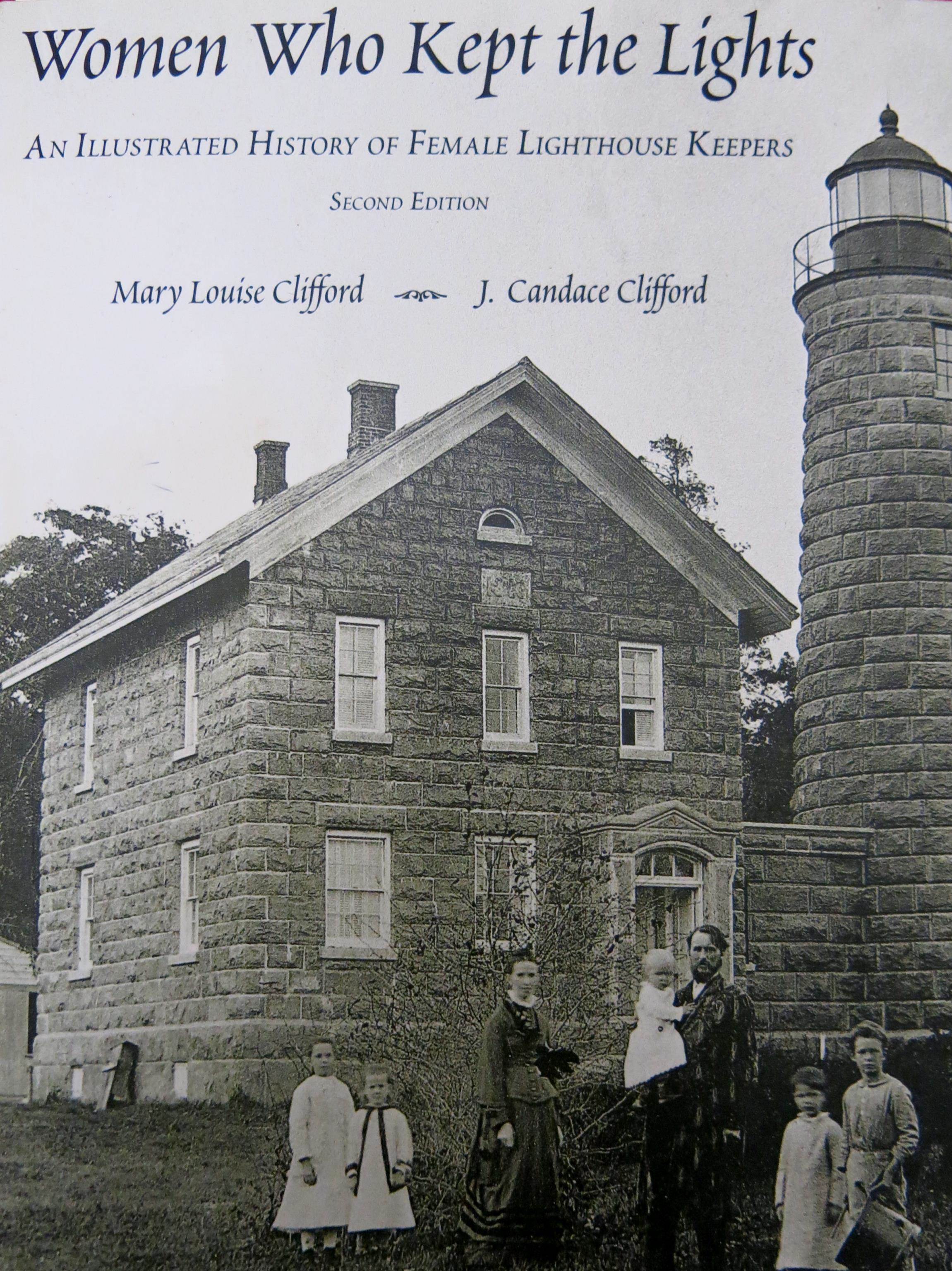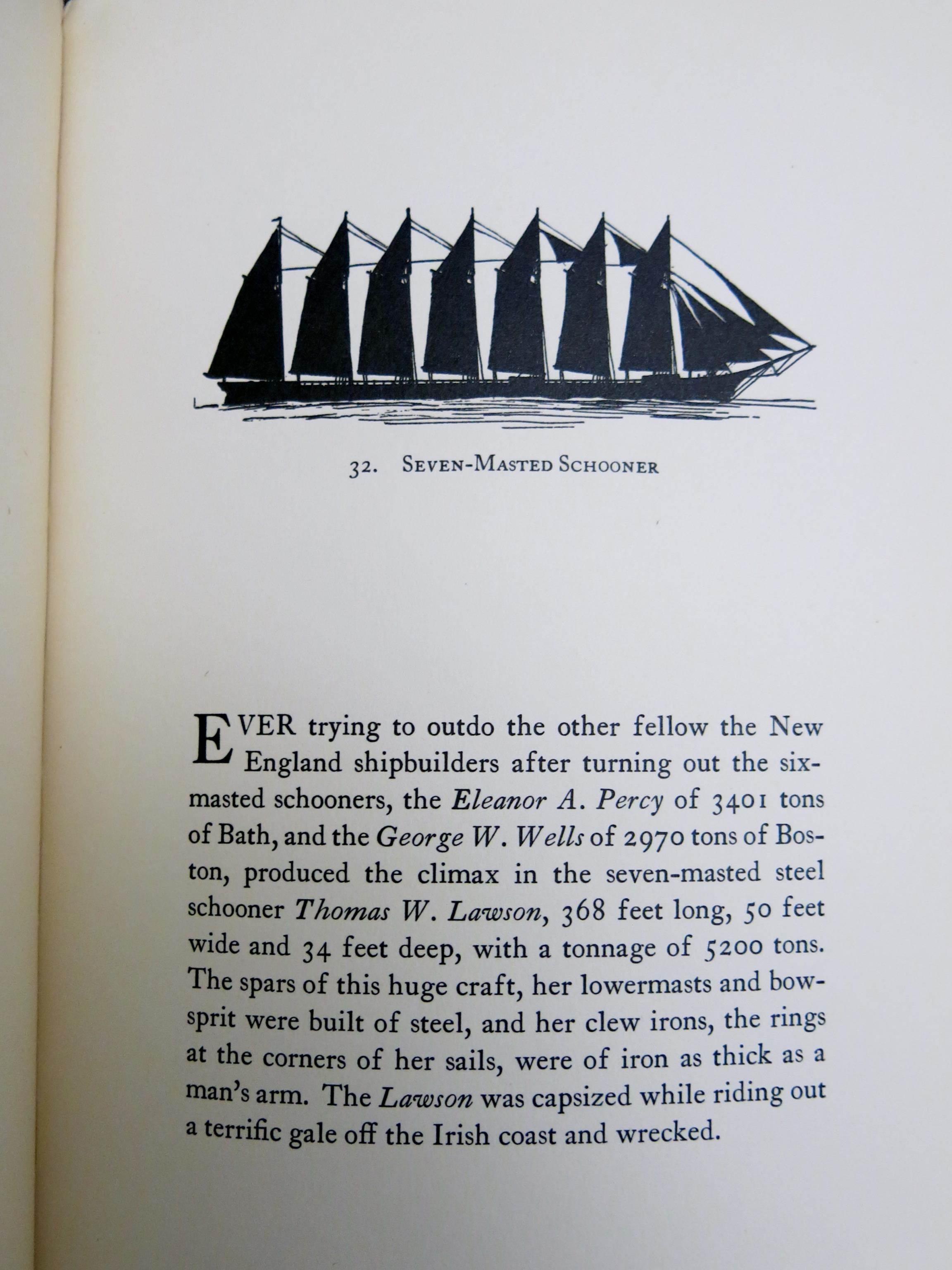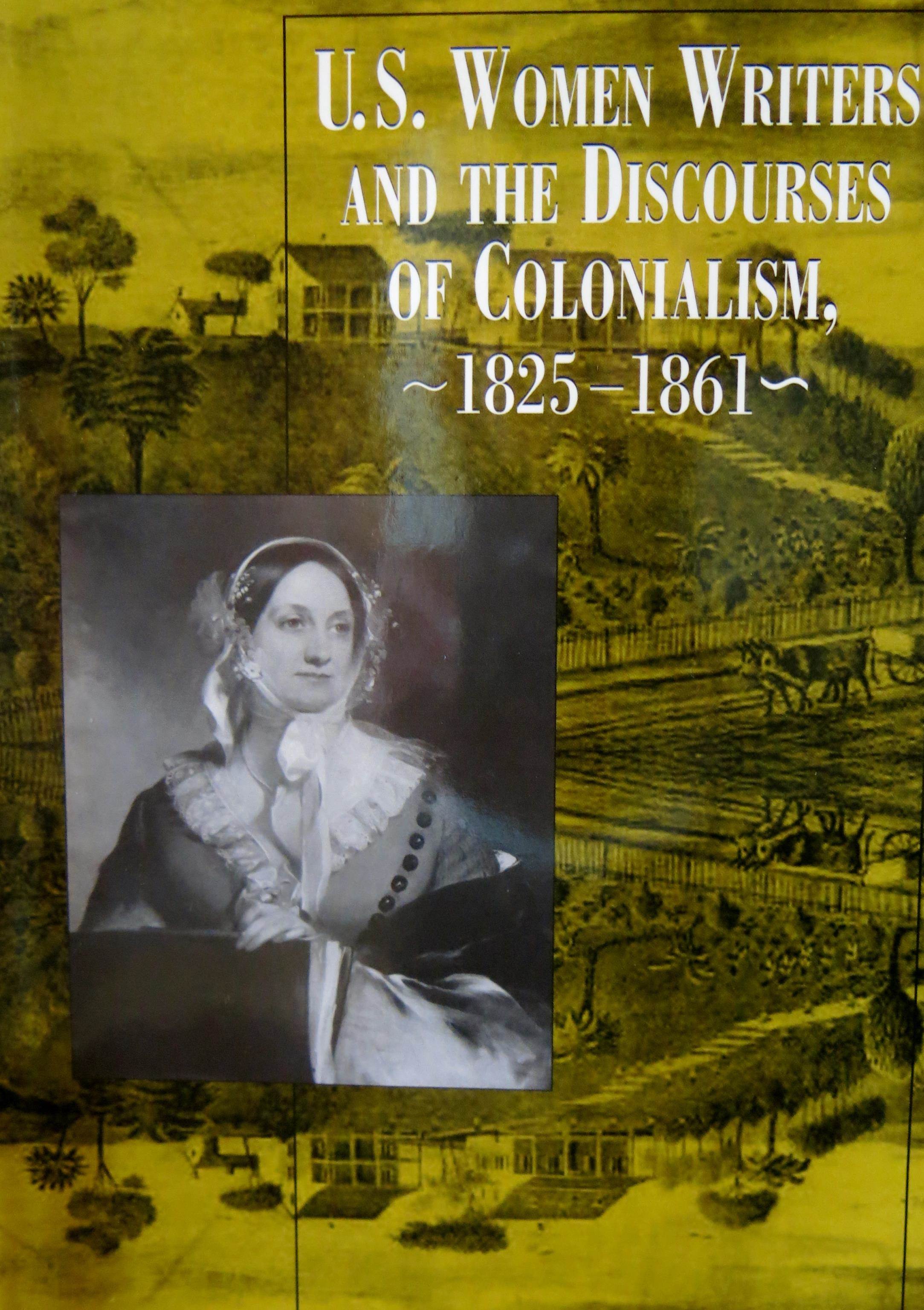By Kittle Evenson, Reader Services
I usually like to employ my blog space to share newly discovered (by me) primary sources from our manuscript, pamphlet, photograph, or artifact collections. I focus heavily on visually intriguing or mysterious pieces, striving to draw connections between discoveries, or explore an element of American history about which I previously knew little.
But this week I’m going to do something a little different.
When sitting down to write this post, I realized that all I wanted to share were these fascinating secondary sources I had had my nose buried in all week. After banging my head against a wall trying to track down primary sources that would give me an excuse to wax poetically about these more…contemporary publications, I caved and re-focused my efforts.
While none of these books will appear in the Society’s 225th celebratory MHS Madness bracket, or be displayed in our image gallery of 225 Items from our Collections, they nonetheless help to broaden the understanding of our more acclaimed collections’ people, places, and historical context.
Much like winning the Tour de France, the study of history is often an independent endeavor that can only be achieved with the help of a team. Our understanding of the past is shaped by the creative exploration of primary sources and vigorous debate about those sources with other historians. This discussion, refutation, and revision plays out in journal articles, monographs, and edited anthologies, and perusing those publications is an integral part of the research process.
It’s also just plain fun.
So here is what has captured my attention lately:

Women Who Kept the Lights: an Illustrated History of Female Lighthouse Keepers, by Mary Louise Clifford and J. Candace Clifford (2000).
I discovered this book while answering an (unrelated) reference question and it was the impetus for this blog post. Hundreds of women are documented as operating lighthouses from 1776-1947, including Hannah Thomas, who took over the Gurnet Point Light Station at the entrance to Plymouth Harbor from her husband when he enlisted to fight in the Revolutionary War. (While we hold the records of Hannah’s husband, John Thomas, Hannah’s place in the collections is described only as the recipient of his letters.) This book follows the careers of 32 of these women and includes some wonderful manuscript, photographic, and cartographic sources from local and national archives throughout the United States.

Shipping & Craft in Silhouette, by Charles G. Davis (1929).
Coincidentally, I found this at the same time as Women Who Kept the Lights and it was actually related to a reference question that had driven me to the V section of our library stacks. Though Shipping & Craft ultimately proved unhelpful in answering the question, I thought the unique use of the silhouette style to identify vessels deserved a wider audience.

I may have stumbled upon the seafaring…fare, listed above, but I actively went searching for this final work.

U.S. Women Writers and the Discourses of Colonialism, 1825-1861, by Etsuko Taketani (2003).
My historical interests tend heavily towards the intersection of female and colonial identities and Taketani’s book is one of the few secondary sources in our library dedicated to that particular Venn diagram. Building off of work I have done examining German women’s expressions of colonial identity (both with and without the physical colonies in which to play out those identities), I was interested to see how American women articulated and shaped similar ideologies.
While admittedly not planned, the three works I chose to share here demonstrate the versatility of secondary sources within the research context. Sometimes you seek them out to inform your understanding of a historical discussion; sometimes you stumble upon them and they catch your eye for a moment; and sometimes they send you careening off on an entirely new path of inquiry. Regardless of purpose or happenstance, secondary sources are worth a primary place in your research process.
You can explore our library collections in greater depth by searching for a favorite topic in our online catalog, ABIGAIL, or by stopping in for a visit.

